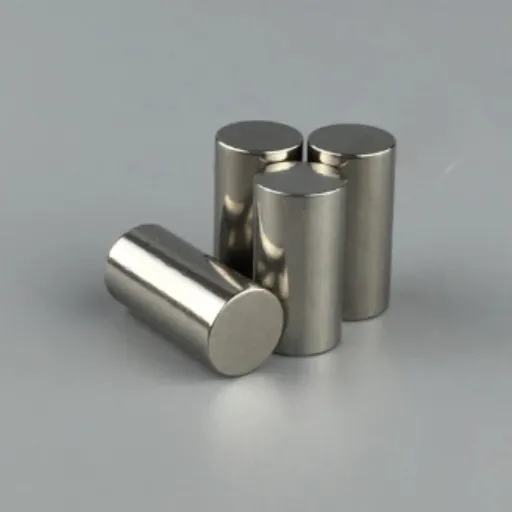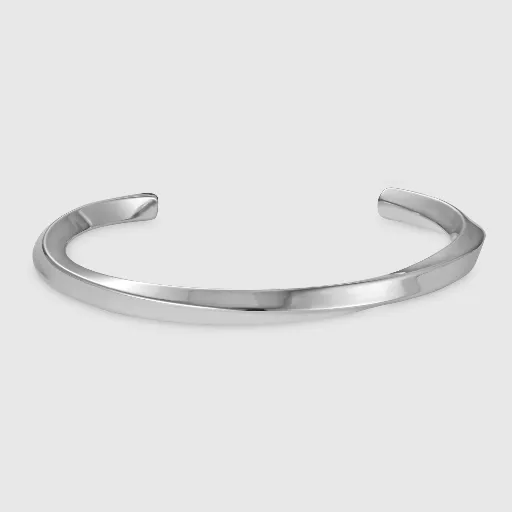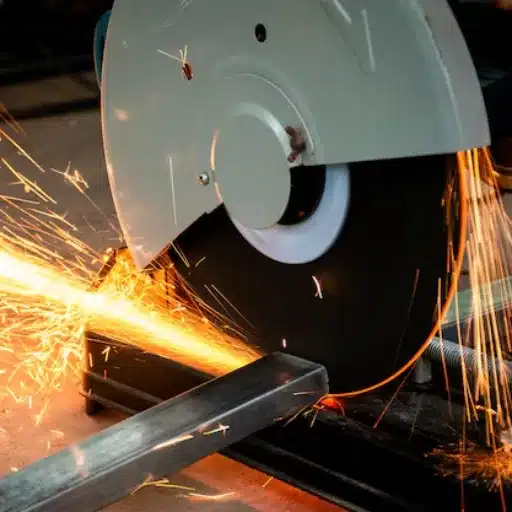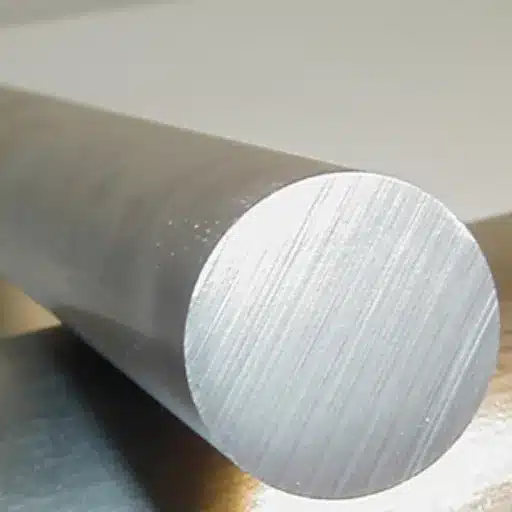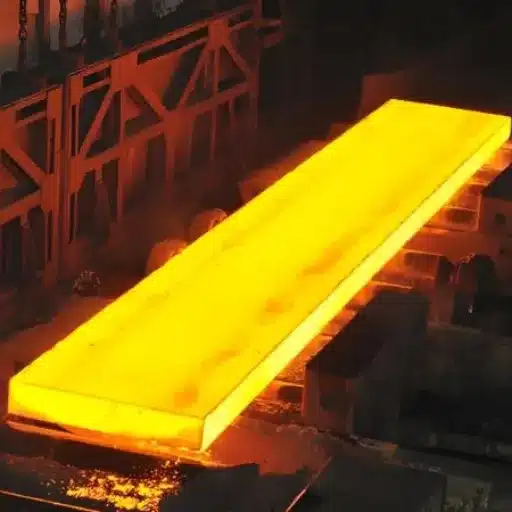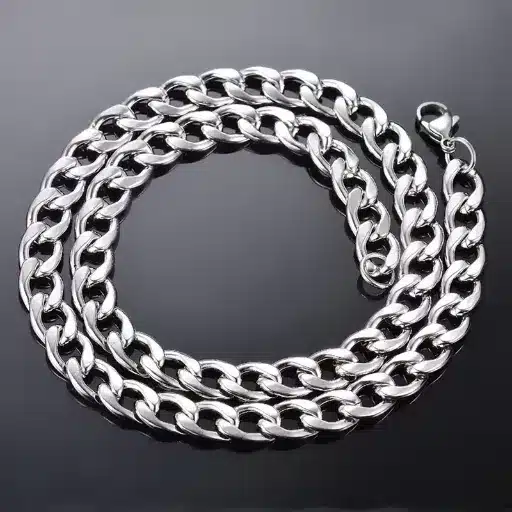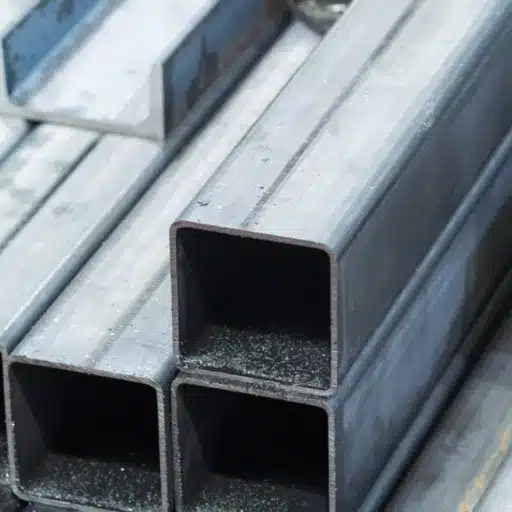Cobalt alloys are the backbone of contemporary industries, to say the least. They have the best features of being unbreakable, heat-proof, and impervious to corrosion. The use of these technologically advanced materials is wide-ranging, from aerospace engineering to medical implants, where only the best performance under the most extreme conditions is demanded. In this blog post, we will take a close and detailed look at the fascinating properties that make cobalt alloys so versatile, their key applications across different sectors, and the innovations shaping their future. Come along with us as we reveal the science and importance of cobalt alloys, the most resilient and reliable materials in engineering right now.
Introduction to Cobalt Alloys
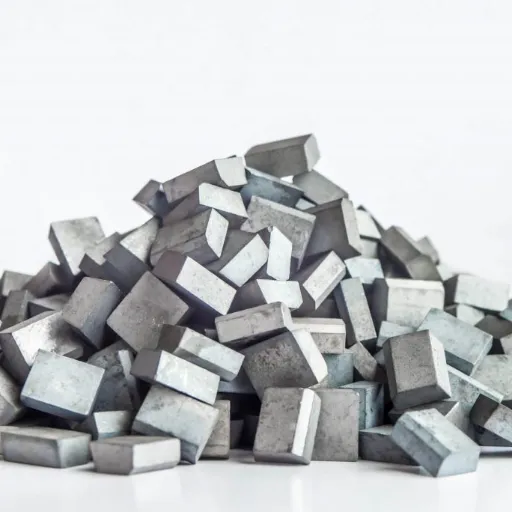
Cobalt alloys are a remarkable material for many applications due to their very high strength, good resistance to wear, hot and corrosive environments, and so on. In fact, they are widely used in aerospace, medical, and power industries, to name a few, where their reliability and performance are crucial.
Definition and Importance of Cobalt Alloys
Cobalt alloys are metallic combinations that consist mainly of cobalt but usually also contain chromium, nickel, tungsten, iron, or molybdenum to enhance their mechanical and chemical properties. The property which differentiates cobalt alloys from other metals is not only their excellent strength but also their capability to resist wear and above all, high temperatures and corrosive environments. The cobalt alloys’ unique properties essentially make them the only options in the manufacturing of aerospace, healthcare, energy, and even other sectors and industries.
Cobalt alloys, for instance, are recognized not only for their exceptional resistance to wear and fatigue but also for their applications in turbine blades, jet engines, and other high-performance components, which are thus characterized by such properties. Moreover, the biocompatibility and corrosion resistance of these materials have made them vital in the construction of medical implants such as hips and knees replacement where longevity and safety are of utmost importance. For instance, cobalt-chromium alloys are commonly used in orthopedic and dental applications owing to their capability to endure structural integrity through decades.
Overview of Alloy Composition
Cobalt alloys are thoughtfully engineered materials where cobalt is the prime element, and various other metals are combined with it to acquire desirable properties. The most commonly added elements for alloying with cobalt are chromium, molybdenum, tungsten, nickel, and iron. The performance of each of these metals is improved in the resulting alloy, thus providing a combination of strength, resistance to corrosion, and thermal stability.
Example: Cobalt-chromium alloys typically have 25-30% of chromium which significantly increases their corrosion resistance and high-temperature strength. The use of molybdenum in certain cobalt-molybdenum-chromium alloys has enabled the durability of these alloys and thanks to their biocompatibility, they are highly accepted in the medical implant industry. Tungsten, on the opposite side, is a metal that greatly increases wear resistance allowing cobalt-tungsten alloys to be perfect for use in cutting tools and machines in factories.
Cobalt Alloys: Composition and Properties
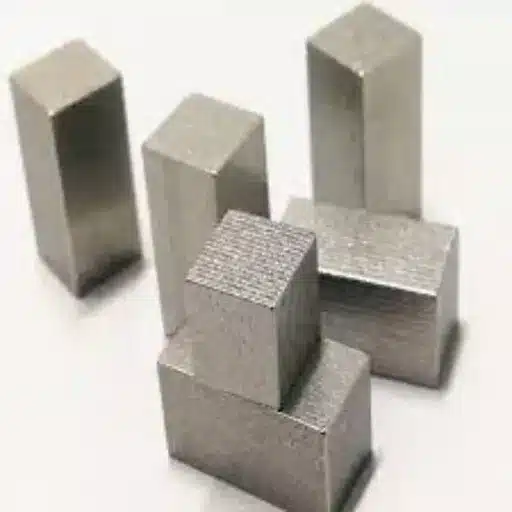
Key Insight: The major elements that constitute cobalt alloys are chromium, molybdenum, and tungsten, which are combined to improve the properties of the products made from these alloys. If chromium gives corrosion resistance and high-temperature strength, molybdenum will bring the alloys durability and biocompatibility, and on the other hand, tungsten will increase wear resistance, so that the alloys can be used in medical implants, cutting tools and industrial machinery.
Physical and Chemical Properties of Cobalt Alloys
High Melting Point
The melting point of cobalt alloys is about 1,250°C to 1,450°C, and thus they can be used in the very high-temperature environments. The melting point is also a reason for their strength and durability even in extreme conditions such as those of jet engines and industrial gas turbines.
Density and Hardness
Cobalt alloys are generally about the same density as silver or gold, that is, between 8.4 and 9.2 g/cm³, depending on the specific alloy. Their hardness can be developed through heat treatment processes, thus they are very resistant to wear and abrasion.
Corrosion Resistance
Cobalt alloys, thanks to their protective oxide layers and chromium content, have very good resistance to oxidation, pitting and crevice corrosion even in environments that are very strong acid, salty, or marine. For instance, alloys like Haynes 25 and Stellite 6 have a great capability to resist degradation in chlorine-rich or high-saline areas.
High-Temperature Strength Together with Corrosion Resistance
Cobalt alloys are the materials that can withstand the most adverse conditions, and one of the primary reasons why they are often used in the most demanding applications is that they are able to retain their strength and structural integrity even at very high temperatures. Alloying and heat treatment techniques have come a long way in enhancing this property to a great extent. The cobalt alloys above 1,100°F (593°C) display remarkable creep resistance, which is vital for the parts in gas turbines and jet engines. These alloys can endure considerable mechanical stress without showing appreciable deformation, thus making sure the performance under extreme conditions is reliable.
Performance Data: Besides, cobalt alloys are excellent in their complexion with oxidation and corrosion and thus can be used even in harsh environments like those met in chemical processing or marine applications. The example of chromium-enriched cobalt alloys can be cited here, which can result in a protective oxide layer, greatly retarding the rate of corrosion. It has been evidenced that cobalt-chromium alloys can lower the weight loss due to corrosion by as much as sixty percent as compared to conventional steel in saltwater exposure tests.
Applications in Various Industries
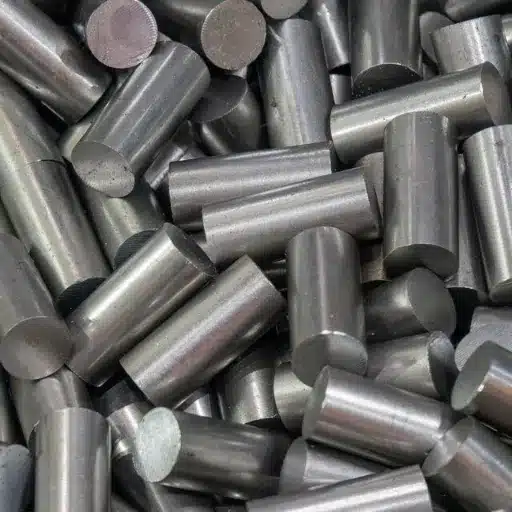
Cobalt Alloys in Aerospace and Jet Engines
Cobalt alloys are one of the most important materials in the aerospace sector, among which jet engines are the most sensitive components that cannot do without them. Their very good performance under very severe conditions like high temperatures and large mechanical stress, the cobalt alloys qualify for the most important parts. The cobalt-based superalloys like Haynes and Stellite series are acknowledged for their very high thermal stability, oxidation resistance, and fatigue strength.
Jet engines use mainly cobalt alloys in the parts of turbines, vanes, and combustion chambers. These materials can tolerate for a long time the exposure to temperatures beyond 1,000°C (1,832°F). The high creep resistance coupled with effective corrosion protection assures engine operation and safety over a long time. In accordance with the latest industry data, cobalt-based blades can work at a temperature range which is 100-200°C more than that of nickel-based ones, resulting in not only increased thrust but also better fuel economy.
Use of Stellite Alloys in Manufacturing
Stellite alloys, which consist mainly of cobalt, chromium, and molybdenum, are very highly praised for their stamina in the toughest conditions. They are rather expensive and not commonly used than the ones that have lower mechanical properties; however, they still find numerous applications in the most difficult areas of the manufacturing process. The stone-cutting-and-grinding industries are typical of the machining technologies where Stellite is often the material of choice for the cutting tools because of its great hardness and toughness even at high temperatures.
Recent reports indicate a melting temperature around 1,400°C (2,552°F) for Stellite alloys, and their mechanical properties do not drop below 800°C (1,472°F). Their very good resistance to wearing out is due to the appearance of tough microstructures composed of chromium carbide and tungsten carbide which operate like self-lubricants when there is friction. Thus the areas of application for such carbide materials include valve seats, turbine blades, and drill bits, where the performance standards are very strict and the operating conditions are extreme.
Recent Innovations and Developments
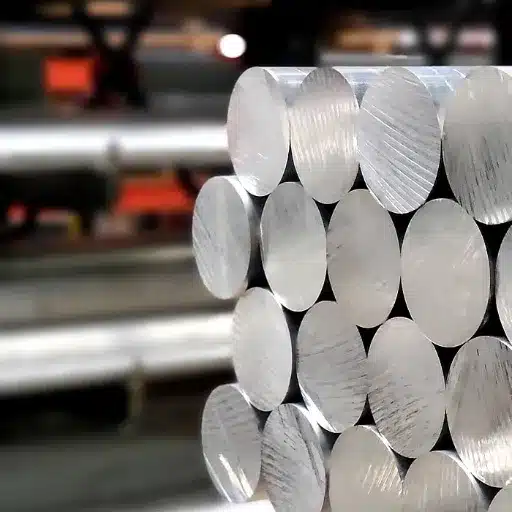
Advancements in High-Temperature Applications
Cobalt alloys are placed very high on the list of favorite materials for high-temperature environments because of their excellent performance characteristics. That is why they are irreplaceable in the aerospace, power, and automotive industries. The latest alloying techniques and manufacturing processes have done a lot to boost their performance. For instance, today’s cobalt superalloys can take over 1,000°C of heat and still possess all the mechanical strength, oxidation, and corrosion resistance that they had before.
The most important thing is that the use of additive manufacturing has been one of the biggest breakthroughs, and it has made it possible for the production of complex components that come with unique designs. Such innovation can cut the material waste to half that of the traditional manufacturing processes and at the same time enhance the heat transfer and thermal management efficiency in high-performance systems. On top of that, new composite coatings for cobalt alloys have been researched and developed, which give the alloys resistance to thermal fatigue and oxidation, thus increasing the life of the parts used in gas turbines and jet engines.
New Cobalt Alloy Formulations
Moreover, cobalt alloy formulations have recently witnessed significant changes, which in turn promised even hotter and tougher environments in the future. The efforts of researchers were directed towards the improvement of the alloys’ microstructure through the addition of chromium, nickel, and tungsten, among others. Such improvements not only enhance but also the alloys’ oxidation and corrosion resistance and thus, the application fields of aerospace, energy, industrial, etc. can benefit from these materials.
Research Breakthrough: NIMS conducted a research study in which it was found that the latest cobalt-based superalloys have heat tolerances over 1,100°C. This stamina to heat is truly a breakthrough as nickel-based superalloys are limited to 1,050°C only. Additionally, creep resistance—key for the components to last longer even in the harshest of conditions—has been reported to have been improved thus the lifetime of the components fabricated for extremeoperational conditions has increased.
Cobalt Alloy Trends of the Future
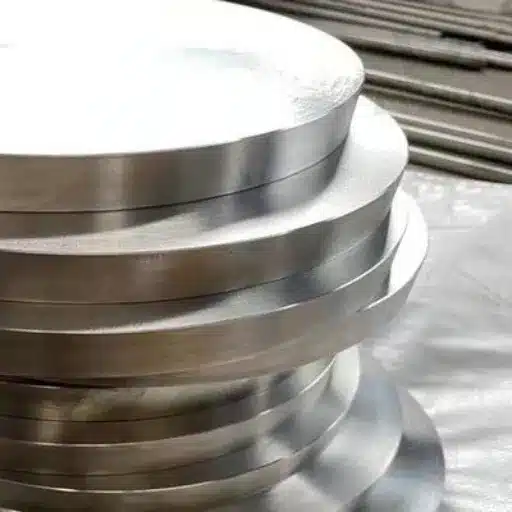
I am confident that the trends pertaining to cobalt alloy in the future would be the development of super materials that would able to withstand very high temperatures and give enormous life span to meet the requirements of the next generation of aerospace and energy applications.
The Market Situation and the Growth of the Forecasts
The consumption of cobalt alloys is on the increase and it is pretty stable as well which has come up mainly due to the excellent properties of the cobalt alloys. The remarkable properties are resistance to very high temperatures, protection against corrosion, and a long life which are all very important in the aerospace, healthcare, and energy industries. Recent market reports also suggest that the global cobalt alloy market will grow with a compound annual growth rate (CAGR) of about 7% from 2023 to 2030. Orthopedic implants, gas turbines, and electric vehicle (EV) battery production will be the main areas where the growth will come from.
The growing trend of electrification, especially the increase in the EV industry, will likely spur the demand for cobalt alloys tremendously. Moreover, government efforts worldwide towards renewable energy and sustainability will mean more demand for cobalt alloys in wind turbines and other energy-efficient systems. Also, extreme applications in aerospace and defense sectors will need cobalt alloy as the only material that can endure such challenging conditions.
The Environment Issues and Recycling
The environmental effects of cobalt alloys are under the microscope more than ever, mining and processing of cobalt can indeed have negative impacts on the soil, water, and air. The largest part of cobalt extraction activities takes place in Congo, where not only the mining is done in an unregulated way but among the issues are also the destruction of forests and the killing of animal habitats. Therefore, the industry is switching over to sustainable methods and recycling technology to overcome these tough hurdles.
The melting-down of the cobalt contained in the end-of-life goods, for example, batteries and turbine blades, is one major strategy that can not only save the environment but also provide the industry with the raw material that it needs. The latest data suggests that the cobalt recycling rates have gone up drastically and almost 20% of the global supply now comes from recycled sources. The European Union efforts have resulted in the establishment of cutting-edge recycling systems, where the cobalt from lithium-ion batteries can achieve recovery rates of up to 95%.
Reference Sources
-
Spherical Insights
- Title: Cobalt Alloy Market Size, Share, Revenue, Forecast, 2033
- Description: This source discusses the demand for cobalt alloys in industries like aerospace, automotive, and power generation, highlighting their importance in extreme conditions.
- Link: Spherical Insights
-
LinkedIn Article
- Title: What is Cobalt Target? Uses, How It Works & Top Companies
- Description: This article focuses on the use of cobalt in high-performance applications within the tech and manufacturing sectors, providing insights into its specialized applications.
- Link: LinkedIn Article
-
Stanford Advanced Materials
- Title: Cobalt: A Versatile Metal in Everyday Applications
- Description: This source outlines the use of cobalt in various industries, including aerospace, electrical, chemical, and ceramics, showcasing its versatility and industrial relevance.
- Link: Stanford Advanced Materials
Frequently Asked Questions (FAQs)
How do cobalt alloys properties measure up to those of stainless steel?
Cobalt alloys possess the same advocate characteristics as stainless steel, which are good mechanical properties and resistance to corrosion. Besides, cobalt alloys have the edge offering high-temperature strength and thermal fatigue resistance, hence making them the best choice for extreme environments.
What is the role of chemical composition in cobalt-based alloys?
The chemical composition of cobalt-based alloys to a large extent determines their mechanical properties such as ductility, strength, and corrosion resistance. For instance, if you add chromium, you get an alloy with very high corrosion resistance, while on the other hand, the presence of nickel can lead to improved alloy toughness.
What are the advantages of using co-cr alloys in biomedical applications?
Co-cr alloys, also known as cobalt-chromium alloys, represent one of the most important metallic groups in the biomedical field because of their great resistance to fatigue yet still being biocompatible, and their durability against wearing off. Thus, they are perfect for dental implants and hip replacements where the doctors depend on the patients coming back after a long time to replace or repair the implant.
What qualities characterize the thermal fatigue resistance of cobalt alloys?
Cobalt alloys have the quality of being thermally fatigued very well which means they endure the cyclic thermal stresses and allow their use in high-temperature applications like jet engines or industrial turbines without the risk of structural collapse.
Which cobalt alloy is the most resistant to corrosion?
Stellite alloys especially Stellite 21 and Stellite 25 are the most recognized for such a property that is being corrosion resistant. Cobalt alloys are the components of these alloys and they are engineered to endure tough conditions hence they find use in aggressive environments.
In what way does the crystallographic character of cobalt determine its alloys?
Cobalt’s crystallographic nature is one of the key factors in determining the mechanical properties of cobalt alloys. The hexagonal close-packed structure of cobalt strengthens and makes it ductile, which are the properties required for producing high-performance alloys.

